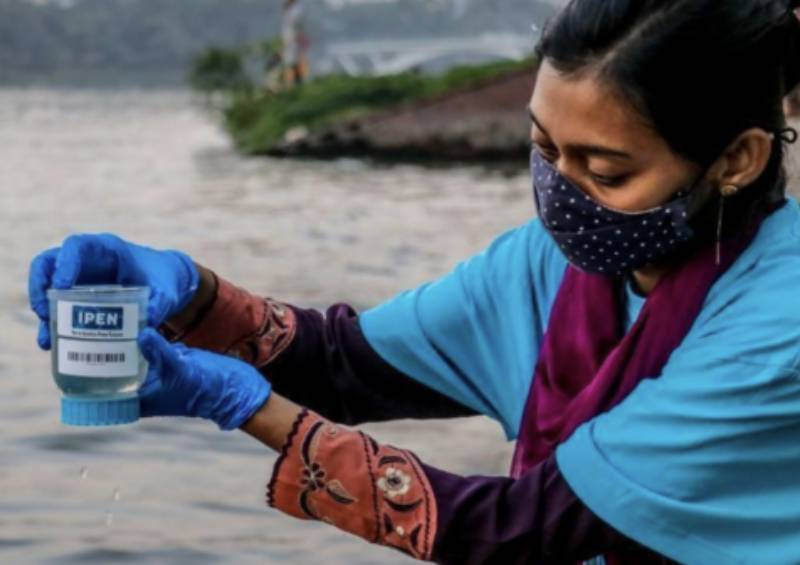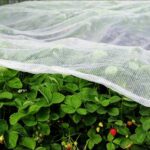ESDO & IPEN Study Reveals Toxic PFAS In Dhaka’s Water And Textiles

A study released by the Environment and Social Development Organization (ESDO) and IPEN highlights alarming levels of toxic PFAS chemicals in surface and tap water samples collected near Dhaka’s textile industry hubs. PFAS, or per- and polyfluoroalkyl substances, were found in nearly all the samples, with many exceeding regulatory limits proposed in the EU, US and the Netherlands. Some samples even contained globally banned PFAS chemicals.
The study, titled “Persistent Threat: PFAS in Textiles and Water in Bangladesh” focuses on the textile industry, a key player in Bangladesh’s export-driven “fast fashion” sector. PFAS chemicals are widely used in textiles to provide water-resistance, grease-resistance and stain-resistance. The textile industry, responsible for about 50% of global PFAS use, is the second-largest emitter of these harmful substances.
Voicing concern over this contamination, Siddika Sultana, Executive Director of ESDO, stated: “The prevalence of toxic chemical emissions from this sector puts our residents at higher risk. We must balance industrial growth with protecting our environment. Bangladesh, as a party to the Stockholm Convention, should implement PFAS regulations to safeguard public health.”
PFAS, often called “forever chemicals” due to their persistence in the environment, have been linked to serious health risks such as fertility issues, developmental problems, thyroid dysfunction and cancer. While some PFAS have been banned globally, others are still widely used and pose a significant threat.
Key Findings:
- 87% of surface water samples contained PFAS, with 67% of those samples showing globally banned PFAS like PFOA, PFOS and PFHxS.
- 70% of samples exceeded the proposed EU regulatory limit of 4.4 ng/L for PFAS.
- A sample from the Karnatali river in 2019 contained PFAS levels more than 300 times the proposed EU limit, and two banned chemicals were found at levels far exceeding Dutch advisory limits.
- Tap water samples from 2019 showed PFAS levels above the US threshold for PFOA in drinking water.
- All five clothing items tested, including a men’s jacket, were found to contain PFAS, with one item containing the banned chemical PFOA.
The study found that PFAS pollution was highest in areas near textile production facilities, suggesting the industry as a major source of contamination. Waterways near Dhaka’s Export Processing Zones showed elevated PFAS levels downstream from textile plants.
Dr. Shahriar Hossain, lead author of the study, called for urgent action: “Regulating PFAS one-by-one is too slow. We need global controls on PFAS chemicals as a class to protect future generations.”
The study also raised concerns about the potential shift by manufacturers to unregulated PFAS substitutes, which still degrade into harmful PFAS chemicals. Jitka Straková, co-author of the study, emphasized the need for the textile industry to phase out PFAS use and adopt safer alternatives.
Call to Action
ESDO and IPEN have urged policymakers to adopt a class-based ban on PFAS chemicals and address the contamination affecting communities near textile manufacturing centers. Global fashion brands sourcing from Bangladesh can play a pivotal role by demanding PFAS-free products, helping reduce the industry’s toxic footprint.














